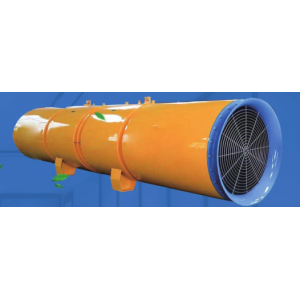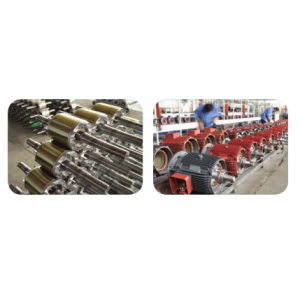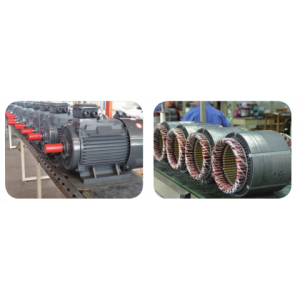What is the application of ventilion inndustrial venl
The ventilation of the top -suction room is a device installed on the top of the room to improve the indoor air quality and eliminate indoor humidity and odor.Its working principle is to filter out harmful substances such as dust, pollen, bacteria, viruses and other harmful substances in outdoor air through high -efficiency filters and electrostatic dust collectors to ensure the introduction of indoor air cleaning and health.At the same time, it uses a full thermal exchange technology to exchanges the outdoor fresh air and indoor exhaust through the thermal recycling core to reduce the loss of indoor energy and keep the indoor temperature stable.
The application of ventilation in industrial ventilation is mainly reflected in the following aspects:
Ventilation and ventilation: There are often various harmful gases, smoke, dust and other pollutants in industrial plants. Ventures can effectively discharge these dirty air outdoors and introduce fresh air to maintain the freshness and circulation of the air inside the plant.This is of great significance to improving the working environment of workers and ensuring the health of workers.
Regulate indoor temperature and humidity: The ventilation can control the indoor temperature by adjusting the amount of air inlet, reduce the indoor temperature, increase the indoor humidity, and increase the indoor air comfort.This has a positive effect on improving workers work efficiency and ensuring the normal operation of production equipment.
Excluding dust and odor: In the process of industrial production, a large amount of dust and odor will often produce. These substances will not only affect the health of workers, but also affect the normal operation of production equipment.Ventures can effectively exclude these dust and odors, improve the working environment, and reduce the emissions of pollutants.
Improve production efficiency: By improving the working environment and air quality, the ventilation can improve the health and work comfort of workers, thereby improving production efficiency.At the same time, the ventilation can also reduce the fault rate and maintenance cost of the equipment, and extend the service life of the equipment.
In practical applications, ventilation can be divided into two types: natural ventilation and mechanical ventilation.Natural ventilations mainly use wind pressure differences and heat pressure differences to achieve natural circulation of air, which has the characteristics of energy saving and environmental protection.The mechanical ventilator achieves the forced circulation of air through electricity or other energy -driven fans. It can adjust the exhaust volume according to needs to achieve more accurate air control.
 Pipe connection method of air
Pipe connection method of air
 Installation and debugging of
Installation and debugging of
 Advantages and adjustment meth
Advantages and adjustment meth
 How to debug a centrifugal cur
How to debug a centrifugal cur

